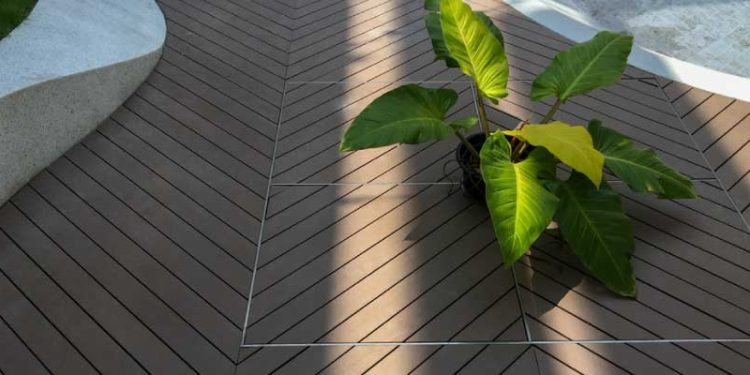When planning to build a deck, a good foundation is essential. It not only adds structural stability to the deck, but it also protects it from a variety of damages that might limit its lifespan. But which material is ideal for your Komposittrall base and frame?
What should you use as a deck foundation?
Gravel
One of your aims when building a deck is to provide a solid foundation. However, you must select one that will protect your decks from dampness, weeds, and mildew. The good thing is that you have several possibilities from which to pick. Gravel is the appropriate material to use under your deck, according to several expert and self-made builders. How can you use gravel as a deck’s foundation?
To begin, prepare the installation location by digging a few inches out. The area must then be covered with landscaping fabric. Finally, fill the gap with gravel until it reaches ground level. Along with landscaping fabric, gravel offers great drainage. It also functions as a mulch, reducing the growth of weeds, which can cause deck damage.
Another benefit of gravel is that it serves as a backdrop for your landscape plan. Many landscape designers employ it to create visually appealing patio borders. If you don’t have any gravel, any non-organic mulch would suffice.
Concrete Slabs and Blocks
Concrete is another common alternative. It’s strong and hard, and many houses already have one in their backyards, so it’ll make an excellent deck foundation. Even if you don’t have one yet, you can quickly and affordably install one. If you’re going to use an existing concrete slab, make sure it’s in good condition first. If you have water pooling issues or visible cracks, you should address these first. These issues can cause the slab to sink and rot, destroying the decking boards in the process.
Concrete blocks, in addition to slabs, can be used to make a deck, particularly for floating decks. Ordinary ones or prefabricated variations that suit the deck’s structure can be used. These blocks are mostly used to elevate the deck so that it does not touch the ground. To offer further protection, you may wish to de-weed the earth or cover it with landscaping cloth.
What should I use as a frame?
The frame, in addition to the foundation, is an important aspect of the deck. It will secure the decking boards in place, making them safe, sturdy, and long-lasting. You may use a variety of byggmaterial for the decking frame.
Pressure-treated timber is one of the most affordable and often recommended materials for frame construction. Pressure-treated timber, unlike conventional wooden planks, is more resistant to moisture and insect damage.
Composite lumber is another choice you have. They, like composite decking boards, are extremely resistant to water, damp, mold, and warping. Despite their increased price, they will give a stronger deck framework, particularly if you choose composite decking planks.
Decking Boards that you use matters
When deciding what to use as the deck’s base material, the type of decking planks you pick is important. How so? When it comes to kompositbrädor, what is the greatest option?
Many people like wooden decking planks since they are inexpensive and simple to get by. They are, however, more susceptible to water, mold and mildew development, and insect damage. As a result, you may need to use superior foundation materials to safeguard your wood decking from these problems.
Other materials, such as composite decking, are more resistant to the difficulties that might arise with wood. While this does not negate the need of taking measures when selecting the basic materials, you can be assured that it will endure longer if it has a solid foundation and frame, regardless of the kind.
Conclusion
To summarize, you may utilize gravel or concrete as an appropriate basis for your deck’s foundation. You must use at least pressure-treated wood when constructing a frame. Using higher-quality materials, such as composite decking, will result in a deck that is sturdy, resilient, safe, and long-lasting, as well as a correct foundation and frame.













